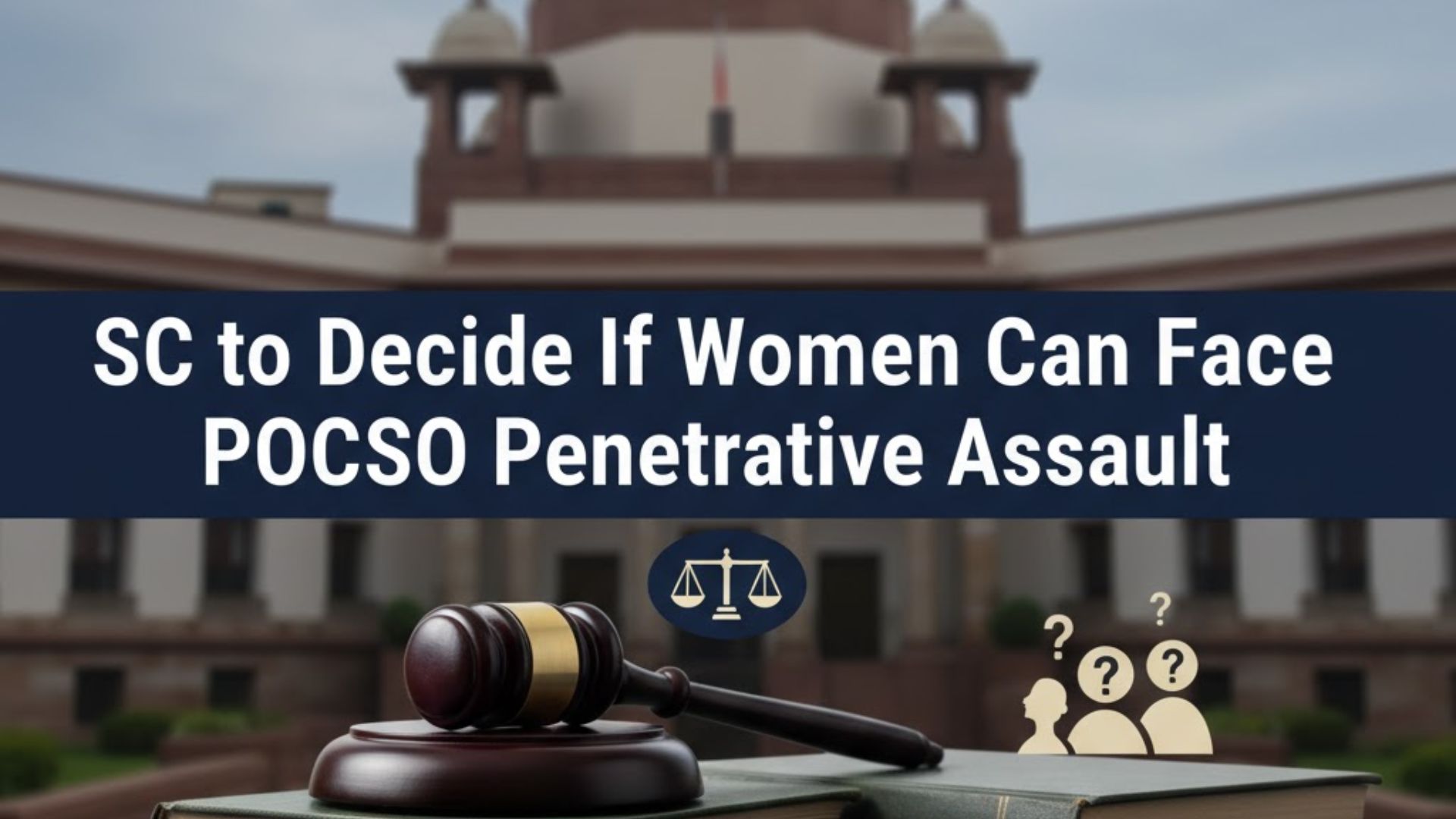Gokal Chand Mittal, J.@mdashA substantial question of law, whether a depositor in a co-operative bank is a creditor and comes within the ambit of the provisions of section 13(9) of the Punjab Co-operative Societies Act, 1961 (hereinafter referred to as the Act,) or not, has arisen in this case for the determination of which it was admitted to Division Bench.
2. The petitioners had their accounts with the Tarn Taran Central Co-operative Bank Ltd., Tarn Taran, district Amritsar, which was registered as a co-operative society under the provisions of the Act. There was another bank known as the Amritsar Central Co-operative Bank Ltd. Amritsar, which was also registered as a society under the Act By order dated 17th of August, 1979, copy annexure P-3, the Joint Registrar, Co-operative Societies, Jullundur Division, Jullundur, exercising the powers of Registrar, Co-operative Societies, Punjab, in exercise of powers u/s 13(8)(iii) and 13(8)(b)(i) of the Act, ordered the amalgamation of the two banks and the new amalgamated bank was named as the Amritsar Central Co operative Bank Ltd., Amritsar and its area of operation was to be the district of Amritsar, all other relevant details have been mentioned in the order annexure P-3.
3. The aforesaid order of amalgamation, annexure P-3, has been challenged by the petitioners in this writ petition under Articles 226/227 of the Constitution of India on the sole ground that they being creditors were covered by section 13(9) of the Act and, therefore, were entitled to a notice of the proposed amalgamation as contained therein so that they could file objections. It is stated that no notice was issued to them and, therefore, they could not file objections with the result that the order of amalgamation deserves to be quashed.
4. The writ petition is opposed by the State of Punjab as also by the Amritsar Central Co-operative Bank Ltd., Amritsar (hereinafter referred to as the Bank), on the ground that the order of amalgamation was issued after following the proper procedure insofar as it was possible on the facts and circumstances of this case and the petitioners were fully aware of the proposed amalgamation and did not file any objections and that their interest was only to the extent of getting payment of the entire amount deposited by them and no more, which the Bank was prepared to pay even now. It is the stand of the respondents that the petitioners are mere depositors and cannot be termed as ''creditors'' within the meaning of section 13(9) of the Act. It was also urged that there is no manifest injustice or prejudice caused to the petitioners even if there was some infraction of the provisions of the Act and, therefore, this Court is not bound to interfere under its extraordinary jurisdiction.
5. In order to appreciate the rival contentions of the parties, it will be useful to reproduce the relevant provisions of section 13 of the Act:-
13. (9) No order shall be made under sub-section (8), unless-
(a) a copy of the proposed order has been sent under certificate of posting to the society or societies concerned and the creditors;
(b) the Registrar has considered the objections received from the society or societies concerned or from any member or creditor of such society or societies within such period, being not less than fifteen days from the date of posting of the proposed order, as may be specified by the Registrar in this behalf in the proposed order.
(10) The Registrar may, after considering the objections referred to in sub-section (9), make such modification in the proposed order as he may deem fit and the order may contain such incidental, consequential and supplemental provisions as the Registrar may deem necessary to give effect to the same.
(11) A member or creditor who had objected to the proposed order under sub-section (9) shall have the option of withdrawing his share, deposits or loans, as the case may be, on an application which shall be made to the society to which his share, deposit or loan stands allocated by virtue of the order under sub-section (8), within a period of thirty days of the date of such order.
6. A reading of the aforesaid provision shows that the proposed amalgamation has to be made known to the society or societies concerned and the creditors, who have been given the right to file objections against the proposed amalgamation within such time as may be specified by the Registrar giving at least 15 days'' time from the date of posting of the proposed order. It further provides that the creditor who has objected to the proposed order shall have the option to withdraw his deposit or loan on on application being made to the society to which his deposit or loan stands allocated by virtue of the amalgamation order within a period of 30 days from the date of such order. The scheme of the aforesaid provision clearly shows that opportunity is to be provided regarding the proposed amalgamation only to the society or societies concerned and their creditors. As regards the concerned societies, their members have not been given the right to object to the proposed amalgamation as held by a Full Bench of this Court in Mota Singh and others v. The State of Punjab and others 1979 P.L.J. 129 but after it is finally decided to amalgamate, the members of the society and the creditors who have also been afforded a right of objecting to the proposed amalgamation can withdraw their share money deposits or loans within a period of 30 days from the date of issuance of the order of amalgamation. This provision of withdrawal has been made to safeguard the rights of those who do not repose confidence in the society formed after amalgamation as their interest was only to the extent of share money or the deposits made by them in the society or loans advanced to the society.
7. The first point which arises for our consideration is whether the petitioners who had bank accounts with Tarn Taran Central Cooperative Bank Ltd., can be termed as creditors within the meaning of section 13(9)(a) of the Act. This matter admits of no doubt that those petitioners who had bank accounts and money was lying to their credit in those accounts, would clearly be creditors in view of the law laid down by the Supreme Court in
This law is well settled that when moneys are deposited in a Bank, the relationship that is constituted between the banker and the customer is one of debtor and creditor and not trustee and beneficiary.
Therefore, in view of the aforesaid dictum, we are clearly of the opinion that the petitioners who had bank accounts were creditors and clearly fell within the ambit of section 13(9)(a) of the Act and were entitled to a copy of the proposed order of amalgamation in order to file objections against the same.
8. Whether the provisions of sending of the proposed order under certificate of posting would be mandatory or not, we do wish to state that when there is clear provision in the statute of sending copy of proposed order under certificate of posting then this statutory provision should ordinarily be complied with as the officer who acquires authority to issue the proposed order of amalgamation, must follow the provisions of the Act as they have been indicated by the Legislature. May be that the legislature wanted to make sure of the sending of the copy of the proposed order by the concerned authority and providing a clear 15 days time thereafter for filing the objections, and made a provision for sending the same by certificate of posting, therefore, the procedure as prescribed by the Legislature should ordinarily be followed and so far as facts of this case are concerned, we say this and no more.
9. On facts we find that individual notices of the proposed amalgamation order were issued by the Registrar to both the banks and the financial institutions and similar notices were published in the Daily Akali Patrika on 30th June, 1979, Hind Samachar on 30th June, 1979 and the Tribune on 5th July, 1979, giving 15 days clear time to all the depositors/creditor s and members td file objections, if any, to the proposed amalgamation of the Bank. The aforesaid facts have not been controverted by the petitioners. Moreover, it is urged on behalf of the respondents that Directors of Tarn Taran Central Co. operative Bank Ltd., had filed (Anoop Singh and others v. State) C.W.P. 3217 of 1979 decided on 27th September, 1979, challenging the impugned order of amalgamation which was dismissed by this Court in which Baljit Singh was one of the directors whose father is Harnam Singh petitioner No. 1 and therefore, the petitioners were fully aware of the proposed order of amalgamation and if they wanted to file objections, they could have done so within the period of 15 days.
10. In para 21 of the writ petition, the petitioners have alleged that the affairs of Amritsar Central Co-operative Bank Ltd., were not in proper shape and that is why the entire Board of Directors of the said Bank had been suspended; whereas the working of the Tarn Taran Central Co-operative Bank Ltd., was smooth and therefore, the petitioner and other creditors always felt that their deposits were secure and safe. To the aforesaid stand of the petitioners, the reply of the State as also of the Amritsar Central Co-operative Bank Ltd., is that they are prepared to allow the petitioners to withdraw their deposits/loans simply to safeguard their interest so that they may now deposit the same in some other bank of their choice and have urged that besides this, they seem to have no other grievance against the order of amalgamation.
11. From the facts of this case, we find that individual notices of the proposed amalgamation, were sent to both the banks and the financial institutions and the depositors/creditors were made aware of the same by publication in three different papers from which the petitioners must have come to know of the proposed amalgamation order and could file their objections. Even before us, it has not been shown what objections could be filed by the petitioners apart from saying that the working of the Amritsar Central Co-operative Bank Ltd., was not good and have no faith in keeping their deposits/accounts with the bank. To safeguard this, specific provision has been made in the Act allowing 30 days time to the depositors/creditors to withdraw their amount from the newly formed bank and on the facts of this case that offer has been made even now in the written statement before us and therefore, if any of the petitioners has any such apprehension, he would be at liberty to withdraw the entire deposits/amounts lying in his bank account.
12. Although infraction of the statutory rule of issuing the individual notice by certificate of posting is made out in this case, but to obtain relief in writ jurisdiction, it would be necessary for the petitioners to show the injury or manifest injustice which may result to them by the infraction of the rule. This the petitioners have failed to show. Under the circumstances, we are not bound to interfere in the exercise of our extraordinary writ jurisdiction and decline to do so. For this view of ours, we find support from a Bench decision of this Court in Shri Balbir Singh Bedi and others v. The Bhaika Bagh Co-operative Society, Dialpura Bhaika, and others 1979 P.L.J. 211.
13. For the reasons recorded above, this petition is dismissed, but without any order as to costs.
Bhopinder Singh Dillon, J.
14. I agree.

